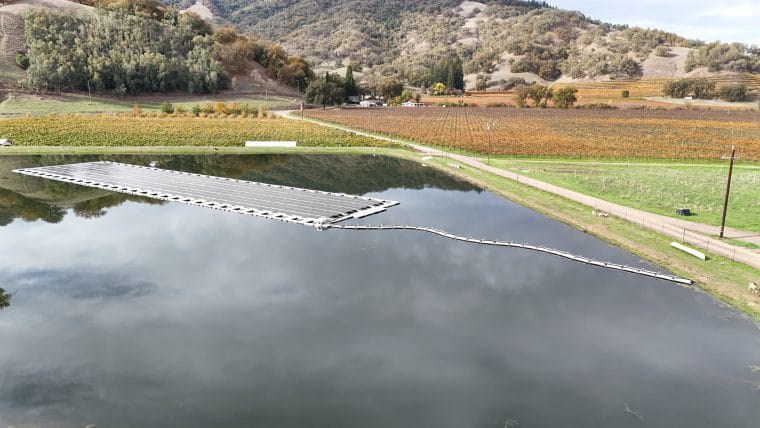bw166 Sees U.S. Spirits Market Stabilizing Over Next 12 Months
That stabilization in the next 12 months depends upon consumers maintaining somewhat consistent consumption trends, bw 166 said. Once the market stabilizes, bw166 expects it will likely return to volume trends more like 2016 to 2019. From a value standpoint, we believe that pricing will continue to slowly move up
That stabilization in the next 12 months depends upon consumers maintaining somewhat consistent consumption trends, bw 166 said. Once the market stabilizes, bw166 expects it will likely return to volume trends more like 2016 to 2019.
From a value standpoint, we believe that pricing will continue to slowly move up per unit as it has for the past few decades. It will not move up as quickly as it did during the pandemic.
The Bureau of Economic Analysis estimates the changes in compound annual growth rate from January 2013 to August 2023 as follows:
- Beer Off-Premise: from 4.9% to 6.1%
- Wine Off-Premise: from 4.9% to 6.5%
- Spirits Off-Premise: from 5.1% to 7.2%
- Total Beverage Alcohol On-Premise: from 6.7% to 6.2%
The implication of these changes is that for 12 Months ending September 2023, Consumers have spent $398 Billion on beverage alcohol. The US is a large and varied beverage alcohol market. While there is a short-term slowdown, as noted above, there are many opportunities if industry members focus on market share.
bw166 said it attributes the general decline in the spirits market to the following factors:
- It is obvious that there was a pickup in shipments into the market through July 2021. This was due to the Pandemic as well as concerns about supply chain disruptions. The effect of this was a building of inventory at wholesalers, retailers, and even pantry loading by consumers.
- Another factor during the pandemic was that consumers traded up in the Off-Premise as most of the On-Premise was shut down. This provided a signal to the market prices were moving up quickly. This was a false signal, and Off-Premise pricing has moderated. Unfortunately, more high-end products were brought into the market, which is causing an inventory overhang at high price points. A signal of this is the Census Bureau value of Beer/Wine/Spirits wholesale inventories growing from $18.7 Billion in September 2019 to $25.5 Billion in September 2023.
- As the Pandemic moderated, the market has seen increases in inflation rates followed by higher interest rates.
- Consumers have felt the impact and are likely drawing down pantry loading and moderating price points at which they purchase.
- Retailers are watching consumer trends as well as looking at their balance sheets with higher carrying costs for inventories. They are carrying less inventory and refocusing their promotions at different price points.
- Wholesalers typically carry a large amount of debt to carry their inventory. They are also reducing their inventory levels to reduce interest costs.
Historically, shipments into the market closely tracked apparent consumption. With the build-up of inventory during the pandemic, historical trends have not held. The implication is that as long as consumers maintain somewhat consistent consumption trends, the market will stabilize over the next twelve months and likely return to volume trends more like 2016 to 2019.
From a value standpoint, we believe that pricing will continue to slowly move up per unit as it has for the past few decades. It will not move up as quickly as it did during the pandemic.

